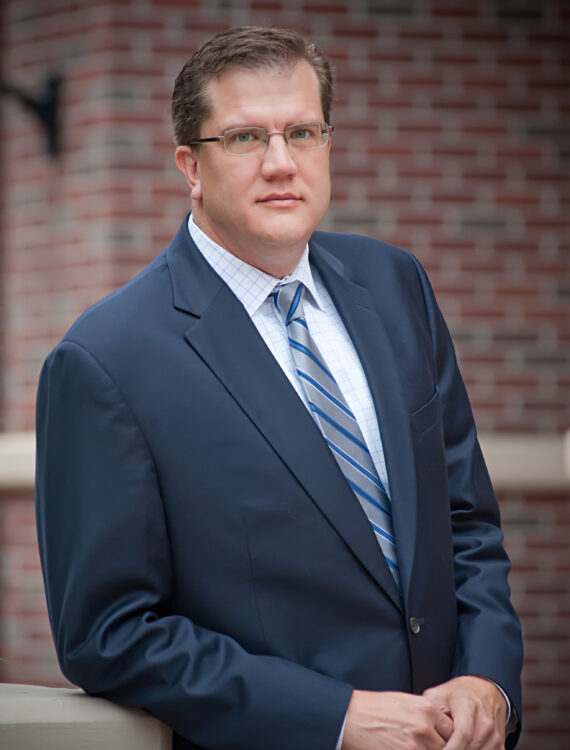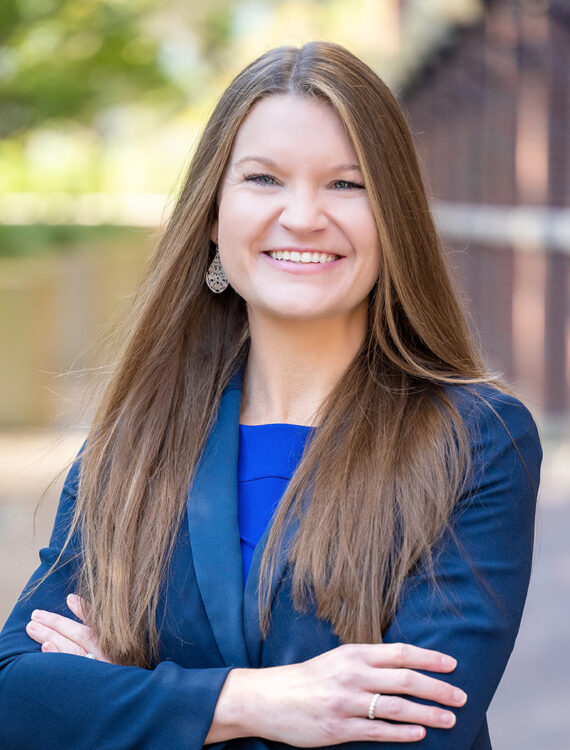Scope of FHCF Still Unclear as Session Goes On

The size of the Florida Hurricane Catastrophe Fund in future years continues to be a widely discussed issue in the current legislative session. We have now reached the halfway point but it is still unclear how this issue will play out.
Jack Nicholson of the FHCF advocated a reduction in the FHCF’s size last year under a proposal typically referred to as “right sizing.” Nicholson wants to better ensure the FHCF will be able to pay the full amount of reimbursement obligations for which it contracts. The proposal stalled in 2012 over concerns about the rate impact on consumers. A scaled-down version of the proposal resurfaced this year and generally will have a smaller effect on consumers than last year’s proposal. Nonetheless, the idea of reducing the size of the FHCF, and perhaps therefore increasing rate levels, still causes concern.
One proposal in the House of Representatives would reduce the FHCF from $17 billion to $14 billion over three years beginning in 2014. Although early versions of the proposal also would have increased the insurer copays, more recent versions would not provide for this and therefore would allow insurers to continue purchasing the 90% coverage option.
A proposal in the Senate could come up in the Banking & Insurance Committee today. The Senate version of the proposal would include a reduction in the overall FHCF limit as well as an increase insurer copays. However, there are also proposed amendments that would reduce the FHCF aggregate retention by a meaningul amount (from $7 billion to $5.3 billion) and that would require the FHCF to consider the amount it could bond over three years instead of a single year. Another proposal would limit the reduction in the FHCF to only $1 million rather than the $3 million proposed.
Determining the size of the FHCF requires a delicate balance. As an entity with assessment authority, eventual shortfalls in the FHCF will result in essentially a tax on all Floridians. On the other hand, reducing its size creates upward pressure on rates and will produce increased demand in the private reinsurance market. This is shaping up to be a property insurance issue that goes down to the wire in the current session.











